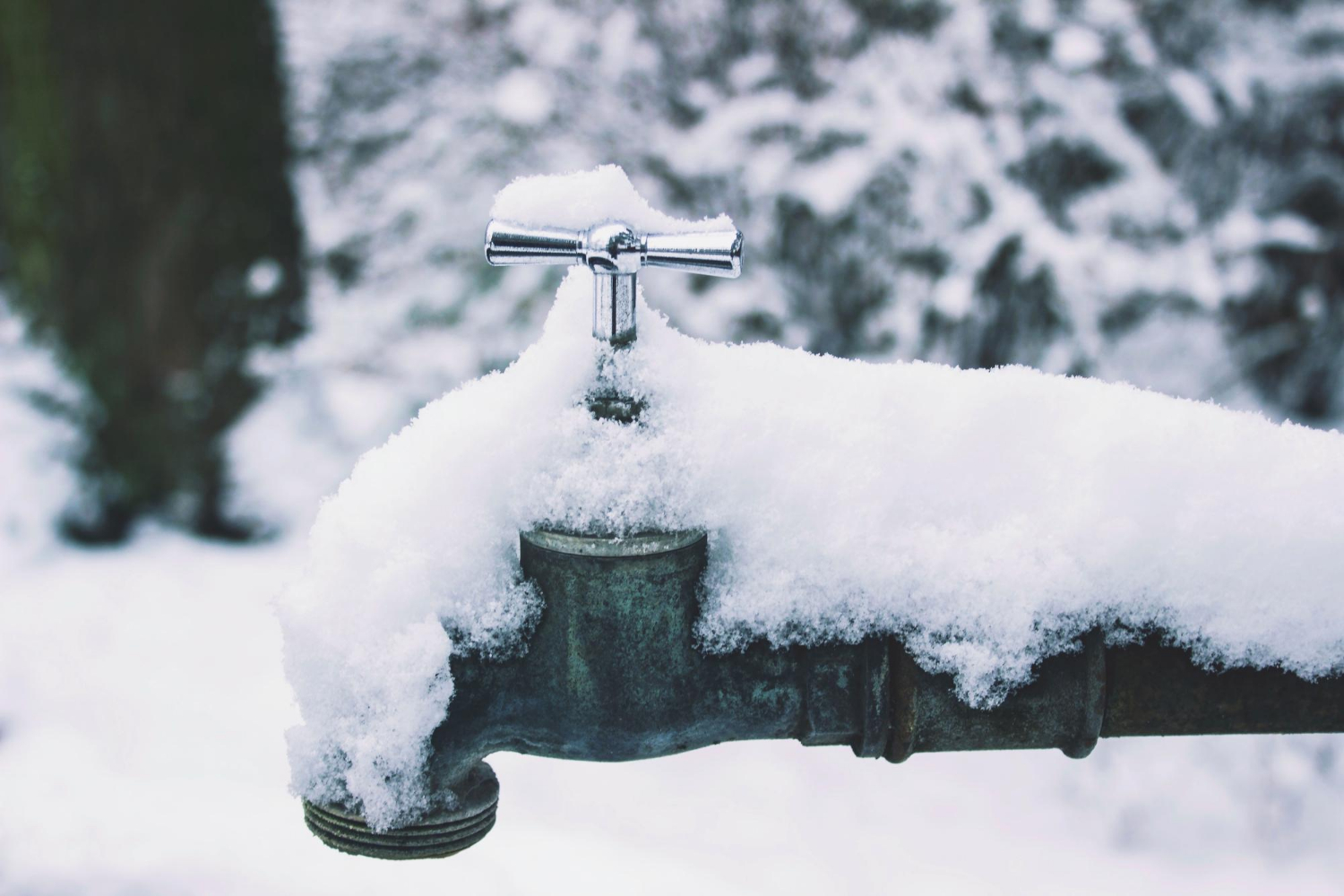Winter in Canberra can be harsh, and ensuring our plumbing systems are ready for the cold months ahead is crucial. Properly winterising the plumbing in your home can prevent costly damages and ensure everything runs smoothly when temperatures drop. We aim to help you take the necessary steps to protect your pipes and avoid inconvenient plumbing issues.
Preparing our plumbing for winter involves a few key tasks that are easy to manage but highly effective in preventing problems. By inspecting your pipes, insulating them, draining outdoor faucets, and ensuring indoor pipes are kept warm, you can safeguard your home against the potential damage caused by freezing temperatures.
Understanding these steps is important for every homeowner who wants to maintain the integrity of their plumbing system. Taking action now can save us from a lot of trouble and unplanned expenses in the future. Let’s dive into the essential steps to winterise your plumbing and keep your home safe and warm during winter.
Inspecting Your Pipes for Winter Readiness
Before the chill sets in, it’s important to thoroughly inspect your pipes to ensure they are ready for winter. Start by checking for any visible signs of wear and tear, such as cracks, leaks, or rust. These can be early indicators of potential problems that could worsen in freezing temperatures. Look at exposed pipes in basements, crawl spaces, and attics since these areas are most vulnerable to the cold.
Next, ensure that all pipe joints are secure and tight. Loose connections can easily become a source of leaks when water is allowed to expand in freezing weather. Make it a point to examine the pipes connected to outdoor faucets and sprinkler systems, as these are more exposed to the elements. If you find any issues, it’s best to address them immediately to prevent any complicated repairs later on.
How to Properly Insulate Your Plumbing
Proper insulation is key to protecting your pipes from freezing. One of the easiest ways to insulate pipes is by using foam pipe insulation. This material is affordable and simple to install. Start by measuring the length of the pipes you need to insulate, then cut the foam sleeves to match these lengths. Open the slit along the foam sleeve and snap it around the pipe, ensuring it fits snugly to provide maximum protection.
Don’t forget to insulate the vulnerable areas, such as pipes in unheated spaces like garages or attics. For added protection, consider using heat tape or heat cables along with the foam insulation, especially in areas that are known to experience extreme cold. Wrap the heat tape around the pipe before placing the foam insulation over it. Additionally, make sure all seams and joints in the foam sleeves are secure using duct tape or appropriate pipe wrap tape. These steps will go a long way in preventing your pipes from freezing and bursting during the winter months.
Steps to Drain Your Outdoor Faucets and Hoses
One of the most essential tasks for winterising your plumbing is to drain your outdoor faucets and hoses. Water left in these fixtures can freeze and expand, causing pipes to burst. Start by locating the shut-off valve for each outdoor faucet. These valves are often found inside your home, near where the pipe exits the house. Turn off the valve completely to stop the water flow.
Next, turn on the outdoor faucet to allow any remaining water to drain out. This step is crucial because even a small amount of water can freeze and cause damage. Once the water has completely drained, leave the faucet open to prevent any pressure build-up. Detach all garden hoses and drain them thoroughly before storing them indoors. Make sure they are coiled and free of water to prevent any cracking or bursting caused by freezing temperatures.
Tips for Keeping Indoor Pipes Warm During Winter
Keeping indoor pipes warm during winter is just as important as protecting the outdoor plumbing. One effective way is to keep the cabinet doors under sinks and basins open. This allows warm air to circulate around the pipes, reducing the likelihood of them freezing. This is especially important for sinks located on exterior walls.
Another useful tip is to maintain a consistent indoor temperature, even when you’re not at home. Setting your thermostat to no lower than 15 degrees Celsius can help keep pipes from freezing. If you have areas in your house that are rarely used, consider using space heaters to ensure those spaces remain warm. We can also allow a trickle of water to flow through the faucets. Running water, even at a slow rate, can help prevent pipes from freezing.
Conclusion
Winterising your plumbing system is essential for preventing damage and ensuring your home remains safe during the colder months. We can safeguard our plumbing from the harsh Canberra winter through careful inspection, proper insulation, draining outdoor faucets and hoses, and keeping indoor pipes warm. Each step we take now can save us from costly repairs and the inconvenience of plumbing failures later.
If you need any help with winterising your plumbing, contact Capital Plumbing Specialists. Our experienced team is ready to assist you in protecting your home’s plumbing system during winter. Let us help you stay warm and worry-free this season. Reach out to Capital Plumbing Specialists today to schedule a consultation for our expert plumbing services in Canberra!


 About Us
About Us